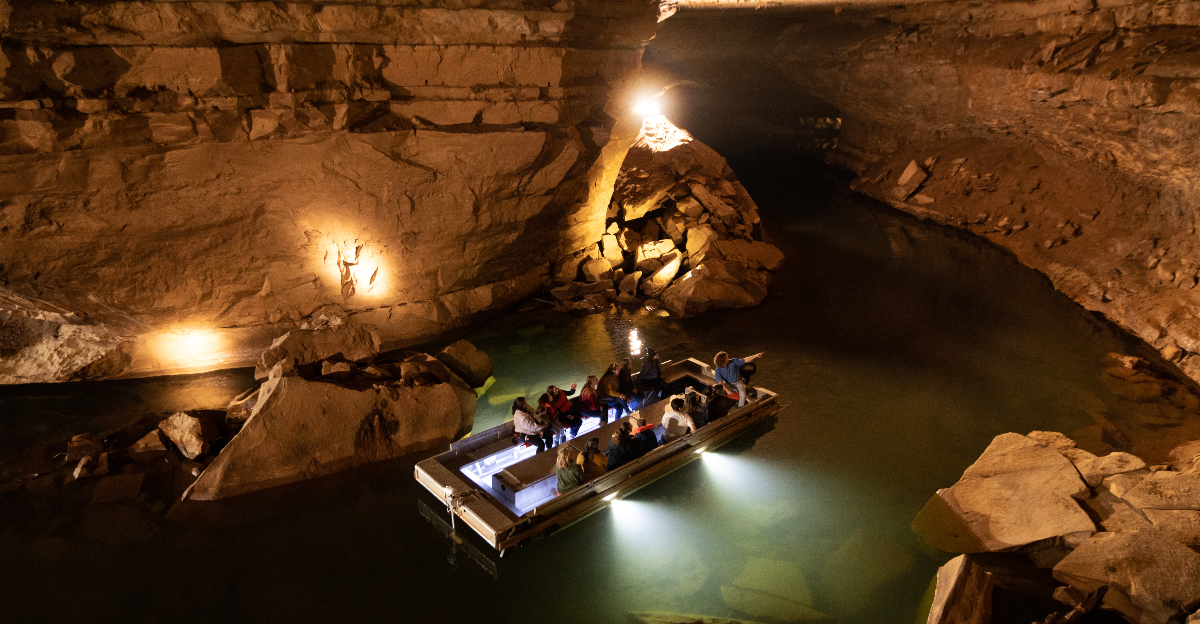
Far underneath Illinois, scientists have uncovered evidence of an ancient world that was once bursting with tropical life. This remarkable chapter in Earth’s history had been mostly overlooked for decades, despite hints that something extraordinary was buried deep below the Midwest. Interest in the region’s mysterious fossil beds has intensified in recent years, with researchers determined to solve a longstanding puzzle, reports Weather.com.
Growing Scientific Interest
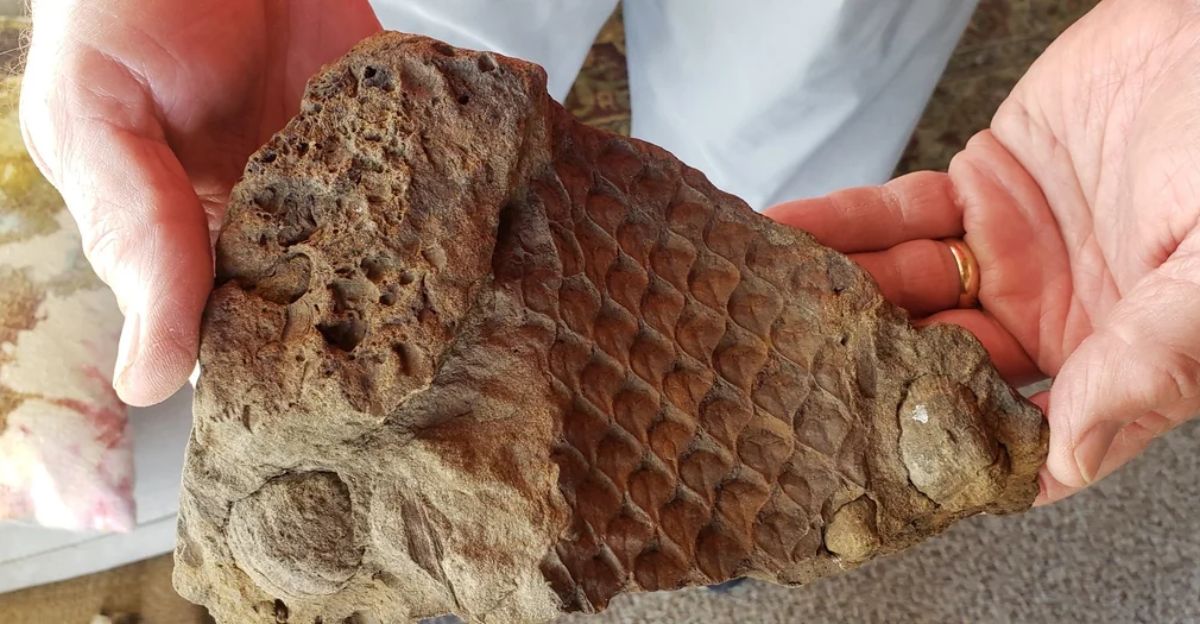
Advances in fossil imaging and analysis have fueled new discoveries in paleontology across the country. According to recent reporting by Paleobiology, the surge in fossil research activity hasn’t just amplified curiosity—it’s raised the stakes among scientists eager to explore untapped clues from Illinois’ deep past.
Fossil-Rich Heritage
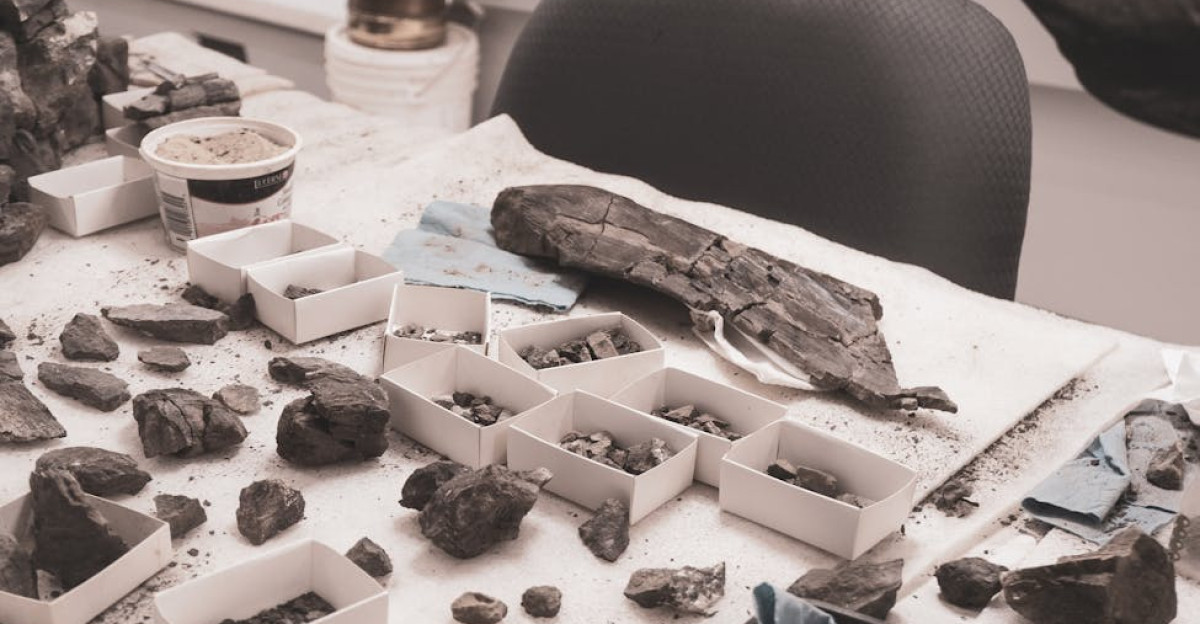
Illinois is no stranger to fossil finds. The Mazon Creek fossil beds have been known for their exceptional preservation, providing a window into ancient life that stretches back hundreds of millions of years. According to the Illinois State Museum, scientists and amateur collectors have searched these beds for generations.
Unanswered Fossil Mysteries
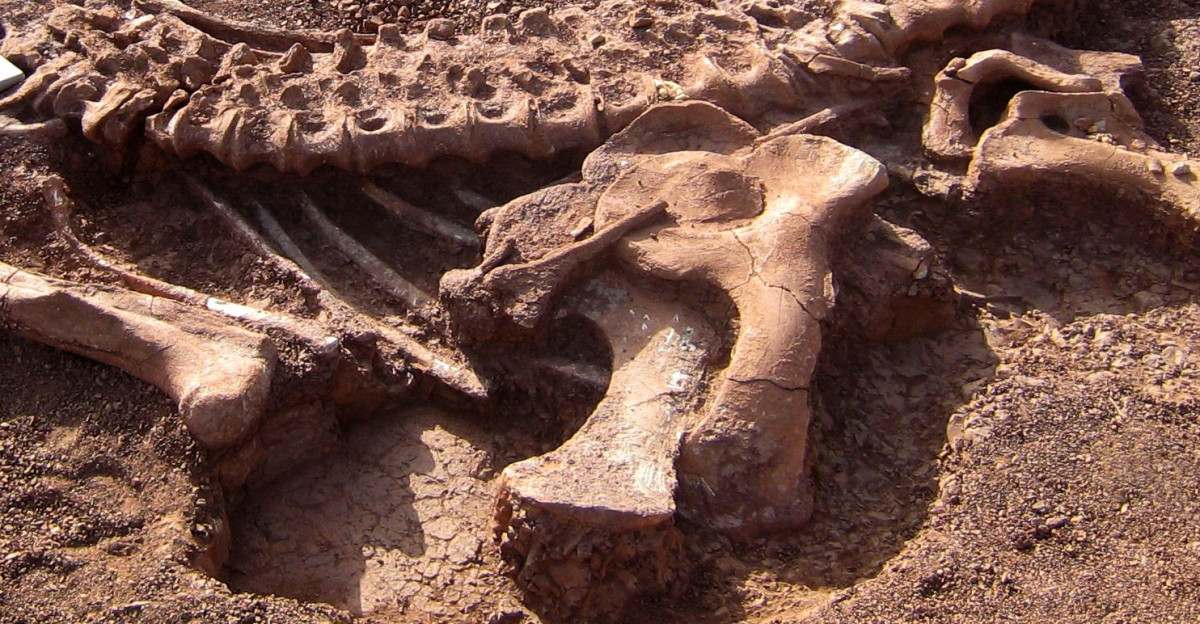
Growing awareness of the beds’ diversity has inspired new scientific approaches. Field Museum experts say public support and university collaboration have led to more ambitious exploration and a push to investigate untouched fossil layers. Pressure has been mounting to see what further secrets these deposits might hold.
Landmark Discovery Announced

In August 2025, researchers at the University of Missouri announced a significant new finding: Three distinct ancient tropical ecosystems were found in the fossil beds under Illinois. Their cutting-edge analysis of nearly 300,000 fossils, according to the journal Paleobiology, helped reveal details that had been hidden in plain sight.
Raising Illinois’ Profile
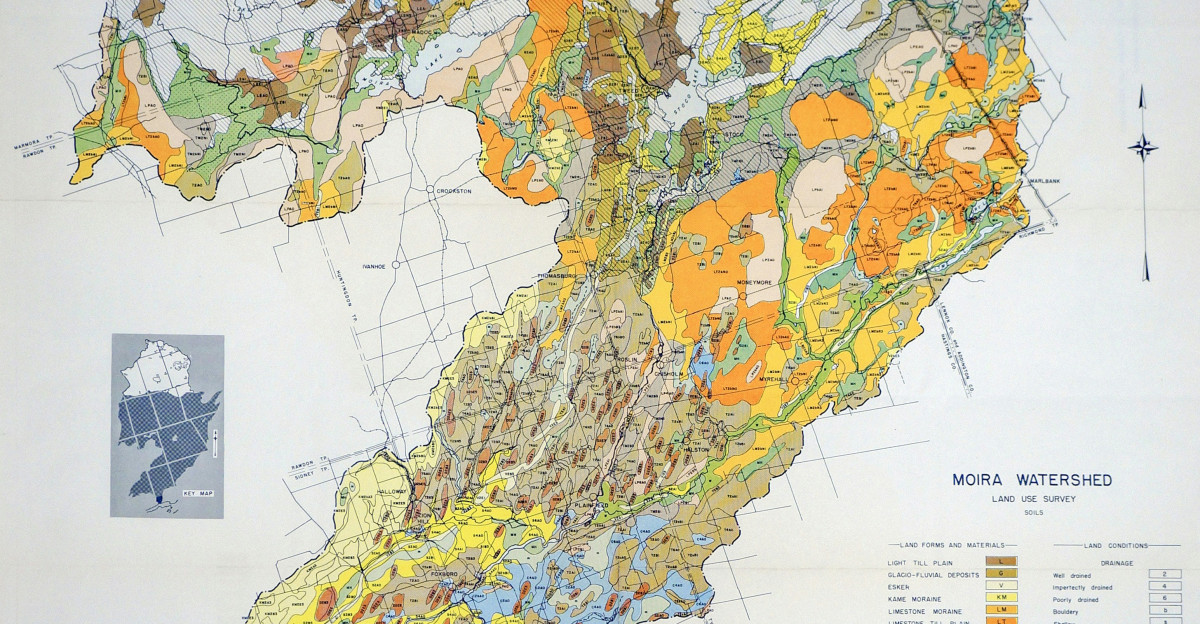
The discovery has suddenly put Illinois at the forefront of paleontological research. Geologist Gordon Baird explained in Show Me Missouri that the state’s fossil sites now rank as some of the world’s richest sources of information on prehistoric tropical habitats, drawing impressive investments and interest from researchers globally.
Awe Inside the Museum

The staff at Chicago’s Field Museum, where many new fossils are displayed, describes a palpable sense of excitement. Collection manager Gretchen Rings reflected in a recent interview, “This is the closest we’ve come to walking the ancient Earth.” Museum visitors share their enthusiasm, feeling connected to something extraordinary.
Academic and Regulatory Rush

News of the find quickly spread to universities worldwide, sparking discussion about collaborations and joint projects. ScienceDaily notes that regulatory agencies, including those at the state level, are reportedly considering stronger protections for the Mazon Creek region. As the story gains traction, experts call for safeguarding these invaluable scientific resources.
A Global Paleontology Wave
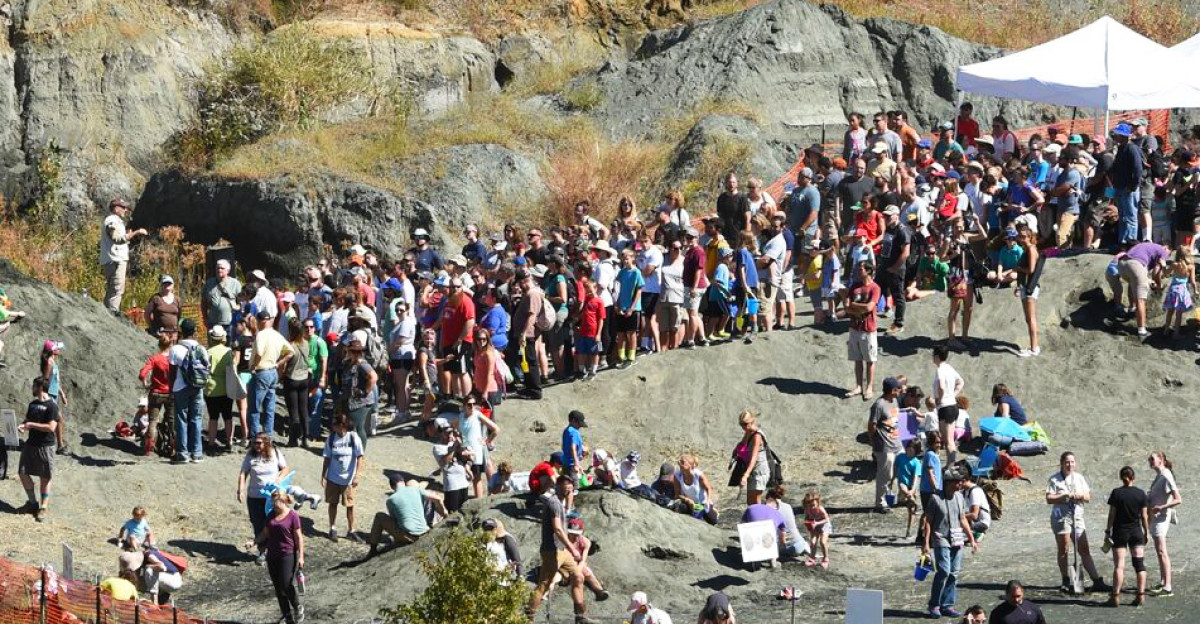
Illinois’ breakthrough fits a broader pattern of recent significant fossil discoveries from Antarctica to Asia. According to an analysis by Phys.org, new scientific techniques are helping unlock records previously thought unattainable, placing Illinois at the center of an international scientific reevaluation.
Surprising Detail: Exceptional Tissues
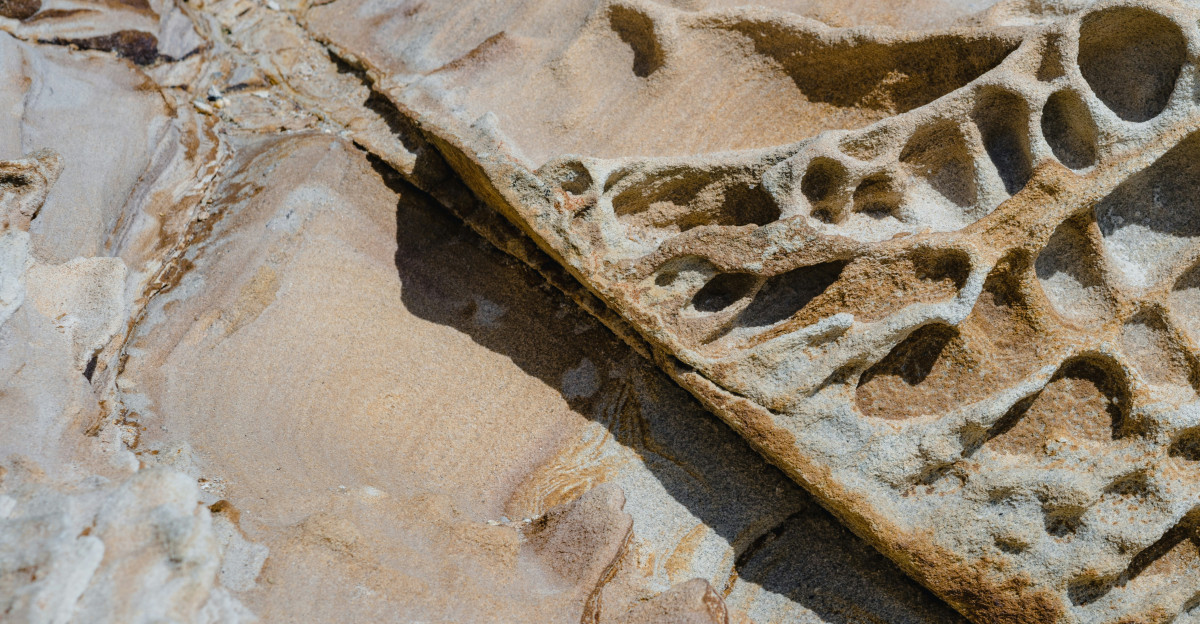
Among the fossils found in Illinois are samples with exceptionally preserved soft tissues, a rarity for beds so ancient. A recent piece by IFLScience notes that these specimens provide an unusually detailed look into ancient life’s food webs and daily existence. Such finds enhance the value of the discovery far beyond initial expectations.
Ongoing Debates in Science
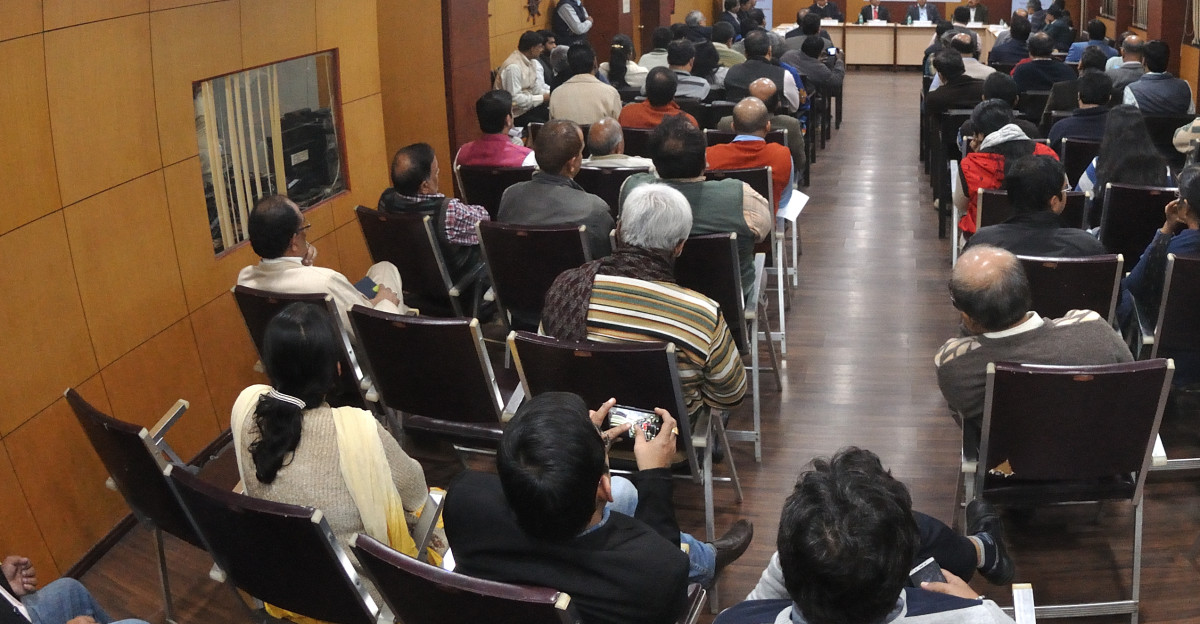
The discovery hasn’t resolved every question among scientists. Some argue that findings from one region can’t be automatically generalized. According to research published in the Lyell Collection, there’s an active debate about the scope of Illinois’ new data, with calls for more studies in other fossil hot spots.
New Scientific Leadership
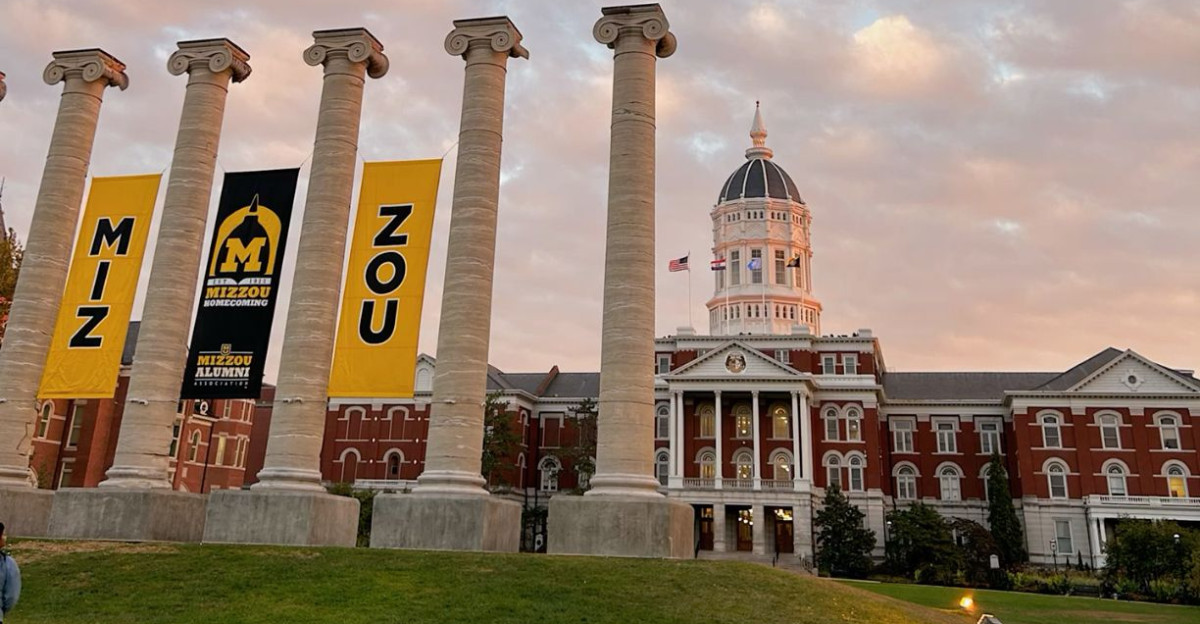
The University of Missouri and the Field Museum have emerged as leaders in the wake of the discovery. With fresh funding and new hires—including leading paleobotanists—these institutions are driving further research and bringing their findings to a broader audience through public programs and exhibitions.
Fossil Collections in the Spotlight
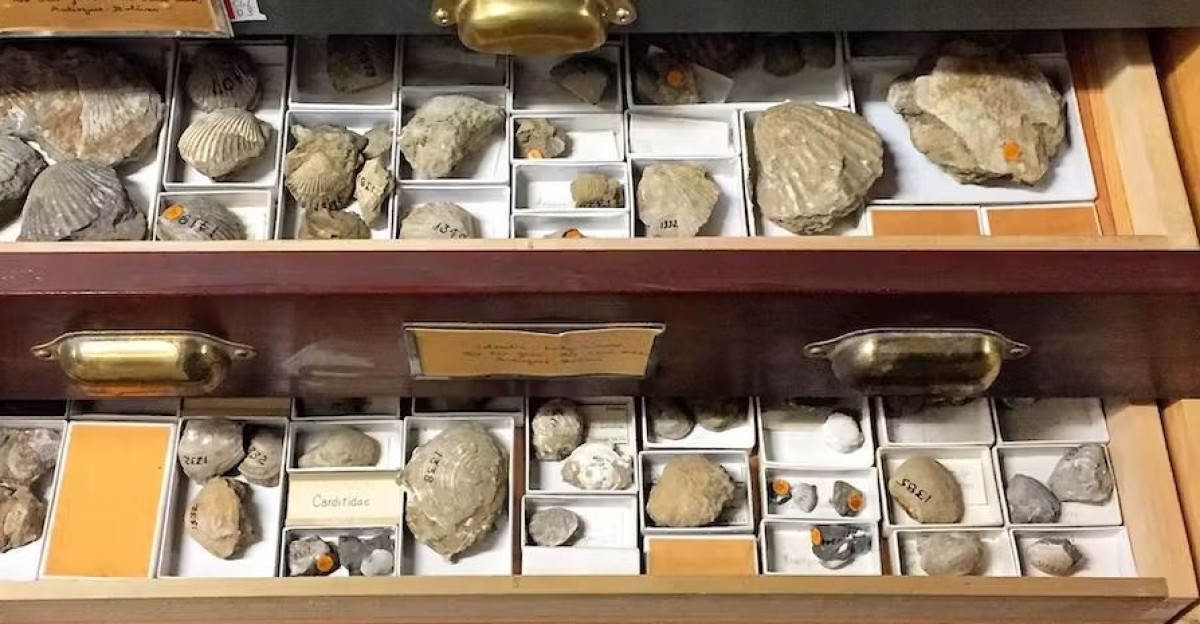
Once left in storage or reserved for researchers only, Illinois fossil collections are now returning to the public eye. The Illinois Center for Paleontology reports museums are digitizing their data and launching online resources, inviting citizens to help catalog and interpret finds.
Skepticism and Anticipation

While some experts caution that more research is needed, others see the discovery as just the start. Dr. Jim Schiffbauer predicts the Mazon Creek findings will encourage scientists to examine other regions with fresh eyes, as shared in a Reuters interview. The anticipation has grown among both professionals and enthusiasts.
Looking Ahead in Illinois

The discovery has spurred interest in new exploration efforts across the Midwest. ScienceDaily reports that research teams are planning further drilling and scanning operations in Illinois. These efforts aim to fill gaps in the fossil record and unravel more of the state’s prehistoric story.
Politics and Policy

Illinois lawmakers are beginning to discuss new legislation to protect fossil beds and regulate the ownership and sale of specimens. Reports from Knewz suggest ongoing debates among scientists, government officials, and landowners over who should benefit most from future discoveries.
International Collaboration

Interest in Illinois’ fossil sites has spread well beyond the United States. Delegations from Germany and Japan have sent scientists to review the methods and approaches used in Mazon Creek. According to Wikipedia’s Paleontology in Illinois, plans are underway for major international exhibitions in 2026.
Environmental Questions
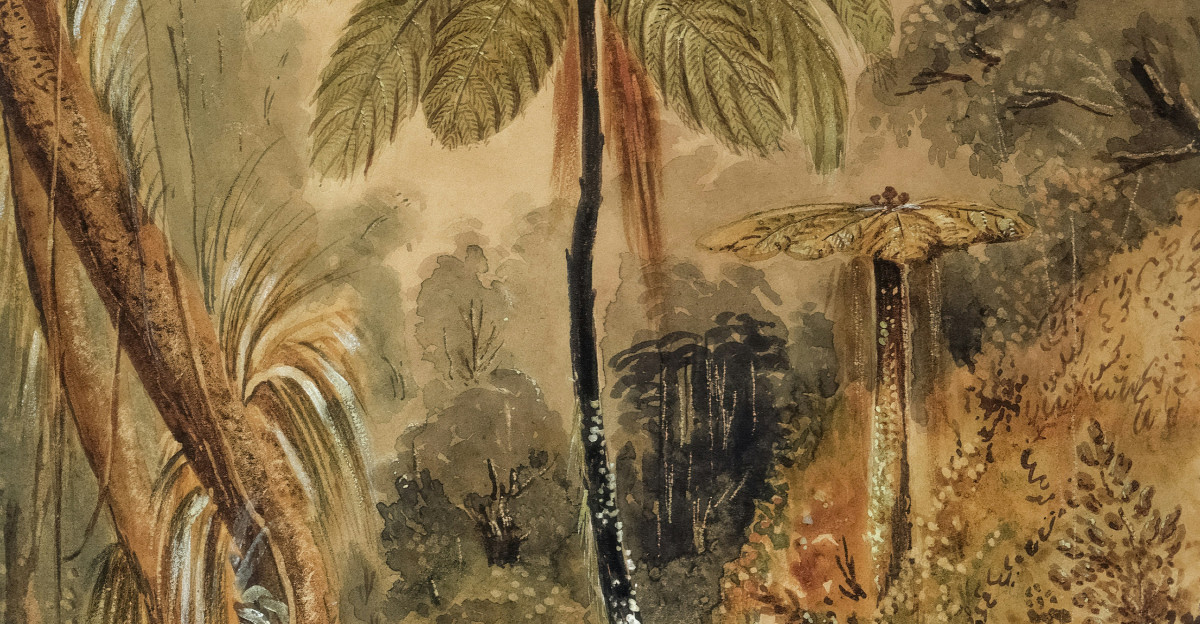
The evidence of tropical swamps in prehistoric Illinois has raised new questions for climate scientists. Weather.com suggests that insights from the fossil record could help refine our understanding of climate change and its long-term effects, engaging specialists in paleontology and climatology.
Changing Public Perception
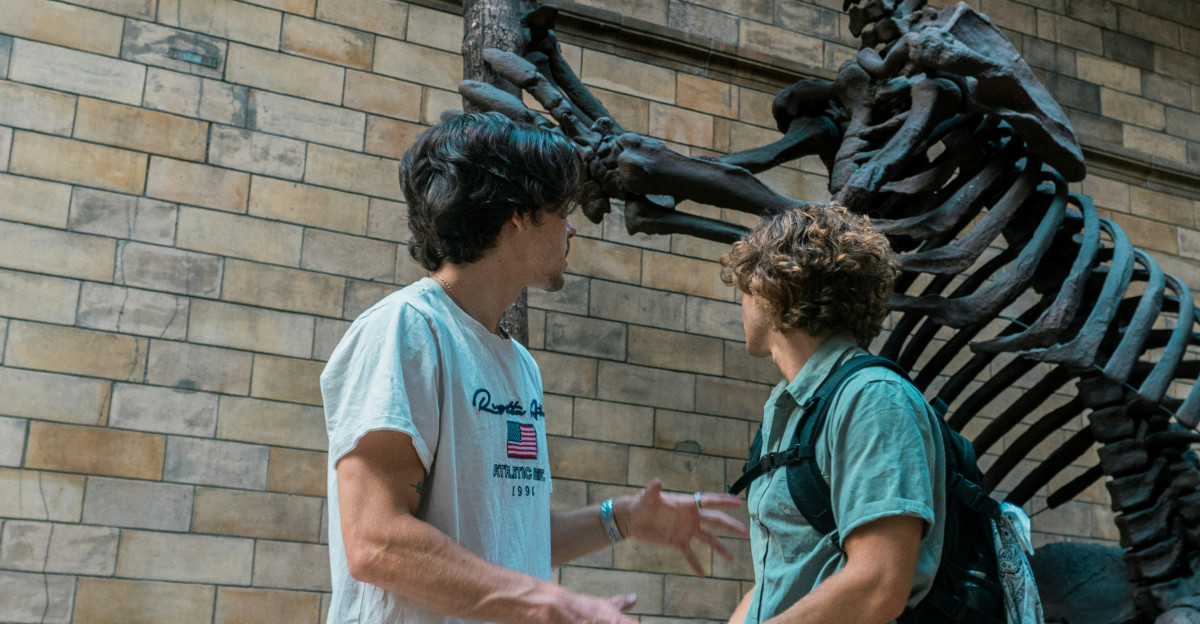
The excitement surrounding Illinois’ lost tropical world is influencing culture and education. The Illinois State Museum states that documentaries, podcasts, and curriculum updates are helping students and families connect to ancient history in new ways, shaping the next generation’s relationship with science.
The Big Takeaway
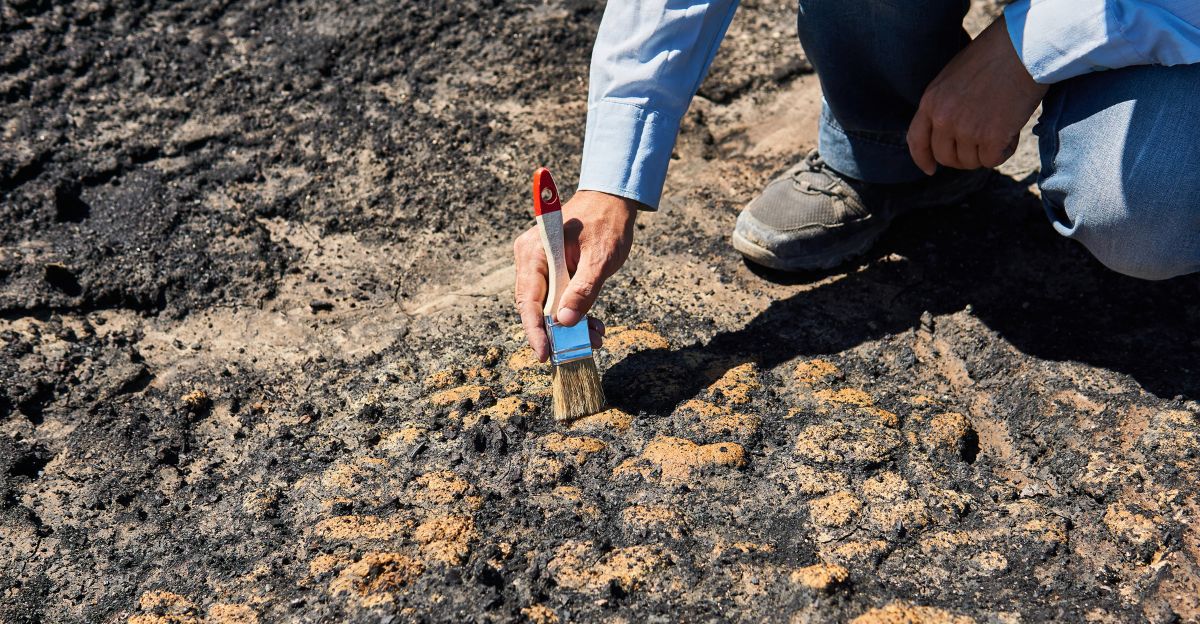
The discovery of hidden tropical ecosystems under Illinois reminds us that the everyday places we know may hold extraordinary secrets. As Reuters points out, the continuing search for prehistoric worlds stirs curiosity and hope, inviting readers to consider how much of history still waits to be found—right beneath our feet.